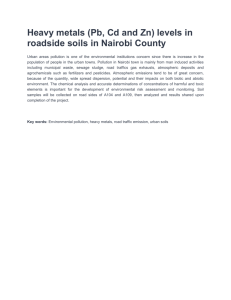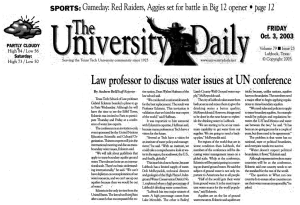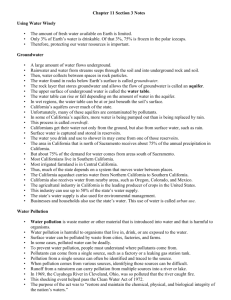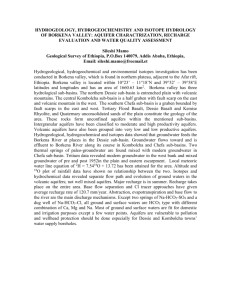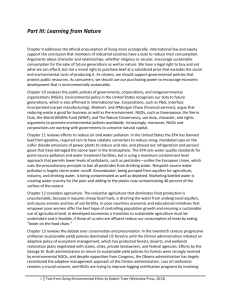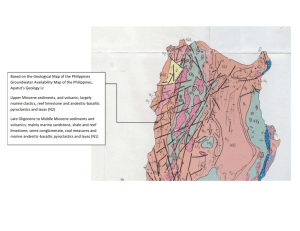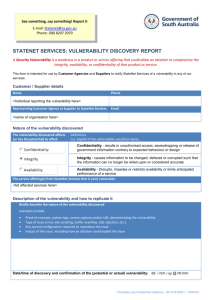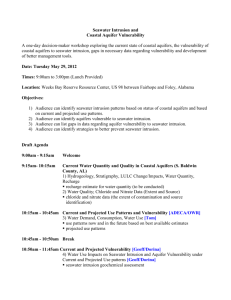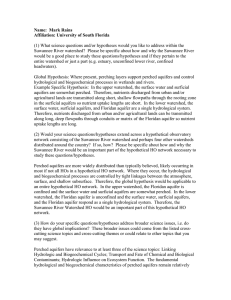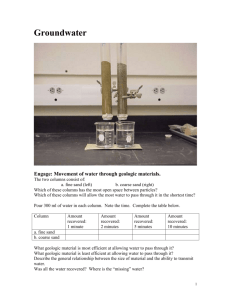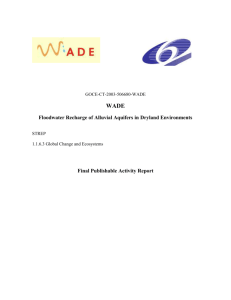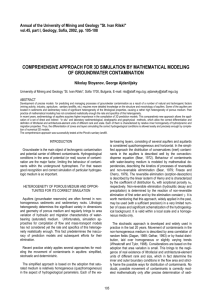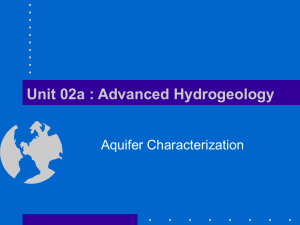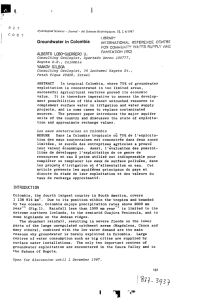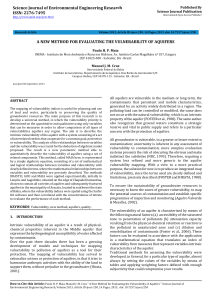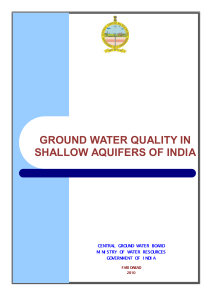intrinsic vulnerability of ground water pollution of aquifers in nairobi
advertisement
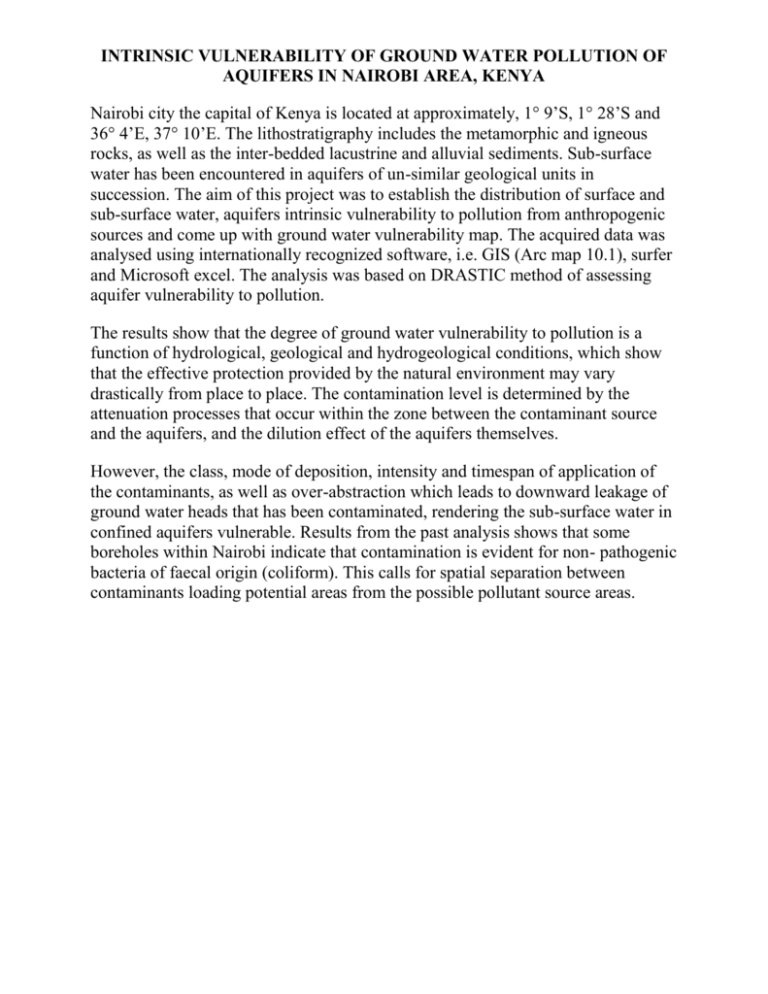
INTRINSIC VULNERABILITY OF GROUND WATER POLLUTION OF AQUIFERS IN NAIROBI AREA, KENYA Nairobi city the capital of Kenya is located at approximately, 1° 9’S, 1° 28’S and 36° 4’E, 37° 10’E. The lithostratigraphy includes the metamorphic and igneous rocks, as well as the inter-bedded lacustrine and alluvial sediments. Sub-surface water has been encountered in aquifers of un-similar geological units in succession. The aim of this project was to establish the distribution of surface and sub-surface water, aquifers intrinsic vulnerability to pollution from anthropogenic sources and come up with ground water vulnerability map. The acquired data was analysed using internationally recognized software, i.e. GIS (Arc map 10.1), surfer and Microsoft excel. The analysis was based on DRASTIC method of assessing aquifer vulnerability to pollution. The results show that the degree of ground water vulnerability to pollution is a function of hydrological, geological and hydrogeological conditions, which show that the effective protection provided by the natural environment may vary drastically from place to place. The contamination level is determined by the attenuation processes that occur within the zone between the contaminant source and the aquifers, and the dilution effect of the aquifers themselves. However, the class, mode of deposition, intensity and timespan of application of the contaminants, as well as over-abstraction which leads to downward leakage of ground water heads that has been contaminated, rendering the sub-surface water in confined aquifers vulnerable. Results from the past analysis shows that some boreholes within Nairobi indicate that contamination is evident for non- pathogenic bacteria of faecal origin (coliform). This calls for spatial separation between contaminants loading potential areas from the possible pollutant source areas.
